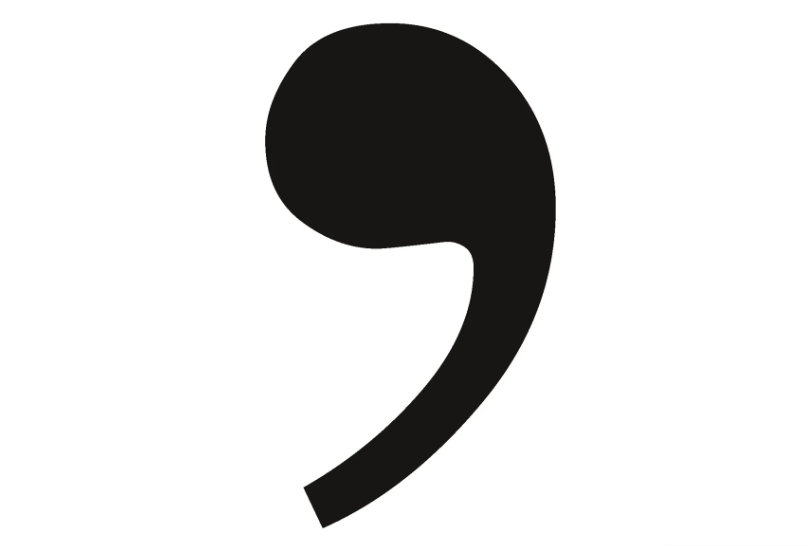How to use apostrophe’s (hint: it’s not like that)
/Few topics pique a punctuation pedant’s interest more than use of (or misuse of) the apostrophe. For such a tiny mark, it’s caused more than its fair share of controversy.
As the BBC reported recently, a self-proclaimed ‘grammar vigilante’ has been going out in the middle of the night to correct street signs and shop fronts in Bristol that contain misplaced apostrophes. (Technically, they should call themselves a ‘punctuation vigilante’, as apostrophes have nothing to do with grammar. Who’s the pedant now!)
According to founder John Richards, the Apostrophe Protection Society was established in 2001 “with the specific aim of preserving the correct use of this currently much abused punctuation mark in all forms of text written in the English language”. In contrast, the Kill The Apostrophe website says it exists “for those who want to remove the apostrophe from the English language, on the basis that it serves only to annoy those who know how it is supposed to be used and to confuse those who dont [sic]”.
At Realwords, we don’t believe in naming and shaming people who use apostrophes incorrectly. We do however urge individuals and businesses to understand that their writing is often interpreted by consumers as an indication of the overall quality of their services and products. For this reason, it’s important to ensure your punctuation is as accurate as possible.
We also don’t believe that the apostrophe should be eradicated from the English language. It exists because there is a need for it. Imagine working for air traffic control and receiving this message: “The planes wings are on fire!” With no apostrophe used, the recipient has no idea whether the wings of one plane or more than one plane are ablaze. (Yes, they could just look out of the window, but you get the point.)
There is one simple way to remember when and when not to use an apostrophe. There are exceptions to every rule, of course, but the following serves as a good rule of thumb:
The main purpose of an apostrophe is to denote a missing letter or letters.
So in a word such as ‘don’t’ or ‘can’t’ (these words are known as ‘contractions’), the apostrophe is there to tell you that one or more letters have been omitted (in this case, the second ‘o’ in ‘do not’ and the ‘no’ in ‘cannot’).
“But what about possessions!” I hear you cry. Well, the same rule applies. Some linguists believe that many years ago, when English speakers talked of things people own, rather than saying “Billy’s bucket” or “Jilly’s spade”, they would say “Billy his bucket” or “Jilly hers spade”. Over time, this shortened (or ‘contracted’) in speech, and “Billy’s bucket” and “Jilly’s spade” became normal. The apostrophes are therefore used in written English to denote the missing letters: the “hi” from “Billy his bucket” and the “her” from “Jilly hers spade”. So again, the rule of thumb applies.
If more than one entity owns something, the apostrophe goes after the ‘s’. So, for instance, you would write “my parents’ house” if referring to both parents. Another example is “The Beatles’ hit single” – unless you are talking about one of, say, Paul McCartney’s solo hits, in which case “the Beatle’s hit single” would be correct (however, the less said about The Frog Chorus, the better).
It gets trickier when words ending in ‘s’ are involved. Is it “Bruce Willis’s film” or “Bruce Willis’ film”? Should you write “Charles Dickens’s book” or “Charles Dickens’ book”? At Realwords, and indeed in most newsrooms and magazine offices in the UK, the preference is to simply write it as you would say it. So you might opt for “Bruce Willis’s film” but “Charles Dickens’ book”.
Hopefully, if you were perplexed by apostrophes before, this blog post has cleared a few things up. If you’re still confused, send us your questions in the comments section below and we’ll do our best to help. Oh, and if you see Billy and Jilly, please tell them we’d like our bucket and spade back.


